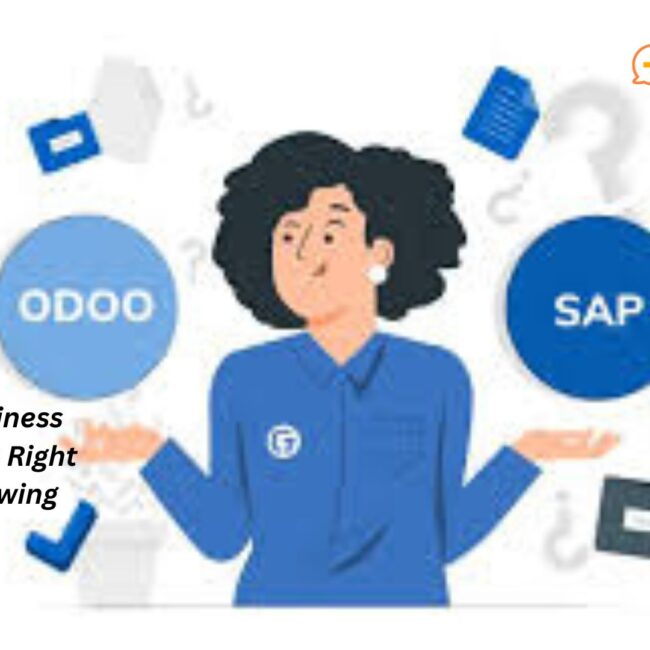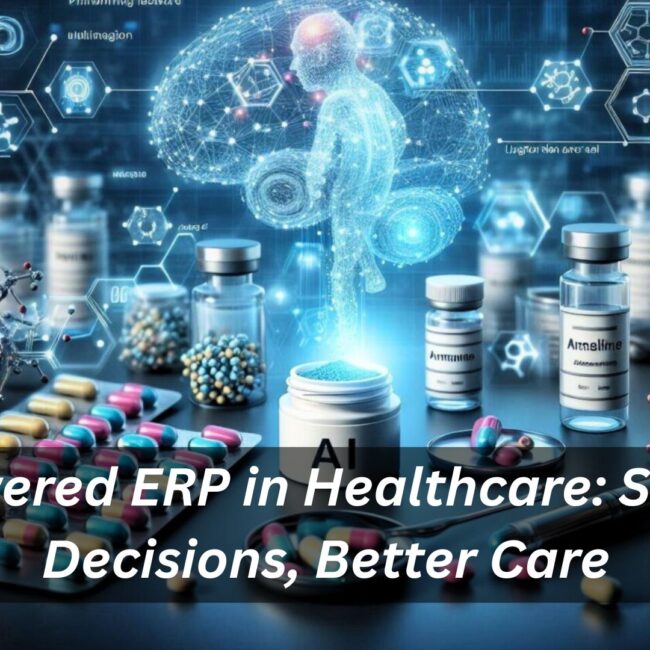
Finance Made Simple: Role of ERP in Microfinance

Bridging the Gap Between Technology & Finance
Cloud Management solutions for microfinance helps financial institutions streamline operations, enhance customer service, and ensure compliance. With , micro finance institutions (MFIs) can efficiently manage loan disbursements, customer data, accounting, and risk assessment.
Key Benefits of ERP in Microfinance
- Loan & Credit Management
✔ Automates loan processing, disbursement, and tracking.
✔ Manages repayment schedules and interest calculations. - Customer Relationship Management (CRM)
✔ Tracks borrower profiles, credit history, and financial behavior.
✔ Enhances customer interactions and personalized services. - Regulatory Compliance & Risk Management
✔ Ensures adherence to financial regulations and reporting standards.
✔ Identifies and mitigates credit risks through automated analysis. - Financial & Accounting Automation
✔ Manages transactions, ledgers, and fund allocations.
✔ Generates real-time financial reports and insights. - Portfolio & Asset Management
✔ Tracks microfinance assets, loans, and investments.
✔ Enhances decision-making with real-time data analysis. - Mobile & Cloud Accessibility
✔ Enables remote banking and mobile transactions for customers.
✔ Supports cloud-based solutions for secure and flexible access. - Fraud Detection & Security
✔ Implements automated fraud detection systems.
✔ Ensures data encryption and cybersecurity compliance.
Future Trends in ERP for Microfinance
🚀 Cloud-Based solutions – Enables remote monitoring, scalability, and cost-effectiveness.
🤖 AI & Machine Learning – Enhances credit risk assessment and fraud detection.
📱 Mobile & Digital Banking Integration – Expands accessibility for underbanked populations.
🔗 Blockchain for Transparency – Ensures secure, tamper-proof transactions.
📊 Big Data & Predictive Analytics – Provides insights for personalized financial services.
Why ERP is Essential for Micro Finance?
🚀 Boosts operational efficiency through automation.
💰 Reduces administrative costs by streamlining processes.
✅ Ensures compliance with financial regulations.
📊 Enhances decision-making with real-time analytics.
📱 Enables digital banking for remote customers
Core features of ERP in Microfinance
✅ 1. Efficient Loan & Credit Management
- Automates loan approvals, disbursements, and repayments.
- Reduces processing time and human errors.
- Tracks overdue loans and improves recovery rates.
📊 2. Improved Financial Accounting & Reporting
- Integrates general ledger, accounts payable, and tax compliance in one system.
- Ensures accurate financial reporting for audits and investors.
- Provides real-time financial insights for better decision-making.
🔍 3. Enhanced Risk & Fraud Management
- Implements AI-powered risk assessment for loan applicants.
- Prevents fraud through real-time transaction monitoring and alerts.
- Supports compliance with KYC (Know Your Customer) & AML (Anti-Money Laundering) regulations.
📞 4. Streamlined Customer Relationship Management (CRM)
- Maintains borrower records, credit history, and interactions.
- Automates reminders for repayments via SMS and email.
- Enhances customer service and engagement.
🚀 5. Scalability & Multi-Branch Management
- Supports multi-currency and multi-branch operations.
- Enables remote access via and automation cloud-based ERP solutions.
- Helps MFIs expand services to new locations seamlessly.
Challenges in Implementing ERP in Micro Finance
🚧 Initial High Costs – Custom ERP solutions require a significant investment and automation.
📚 Training & Adoption – Employees must be trained to use the system efficiently.
🔄 Data Migration Complexity – Transitioning from legacy systems to ERP can be time-consuming.
⚖ Customization Needs – Different MFIs have unique operational workflows.
FAQ: ERP Implementation in Microfinance
1. What is ERP in microfinance?
ERP (Enterprise Resource Planning) in microfinance is a centralized system that automates finance loan management, customer data, accounting, and compliance processes, improving efficiency and transparency.
2. Why do microfinance institutions need ERP?
Microfinance institutions (MFIs) handle large volumes of transactions, loan applications, and regulatory requirements. ERP helps streamline operations, reduce manual errors, and enhance financial tracking.
3. Will ERP help improve customer experience?
Yes! With digital banking features, mobile access, and faster loan approvals, ERP enhances customer satisfaction and engagement.
4. How long does ERP implementation take?
The timeline depends on the complexity of the organization. On average, ERP implementation can take 3 to 12 months, including customization and training.
5. Is ERP scalable for growing microfinance institutions?
Yes, ERP solutions are flexible and can scale as the institution expands, supporting multiple branches, automation works ,currencies, and regulatory frameworks.
Ready to elevate your MICRO FINANCE BUSINESS? Discover how ERP can streamline operations and drive efficiency today!







